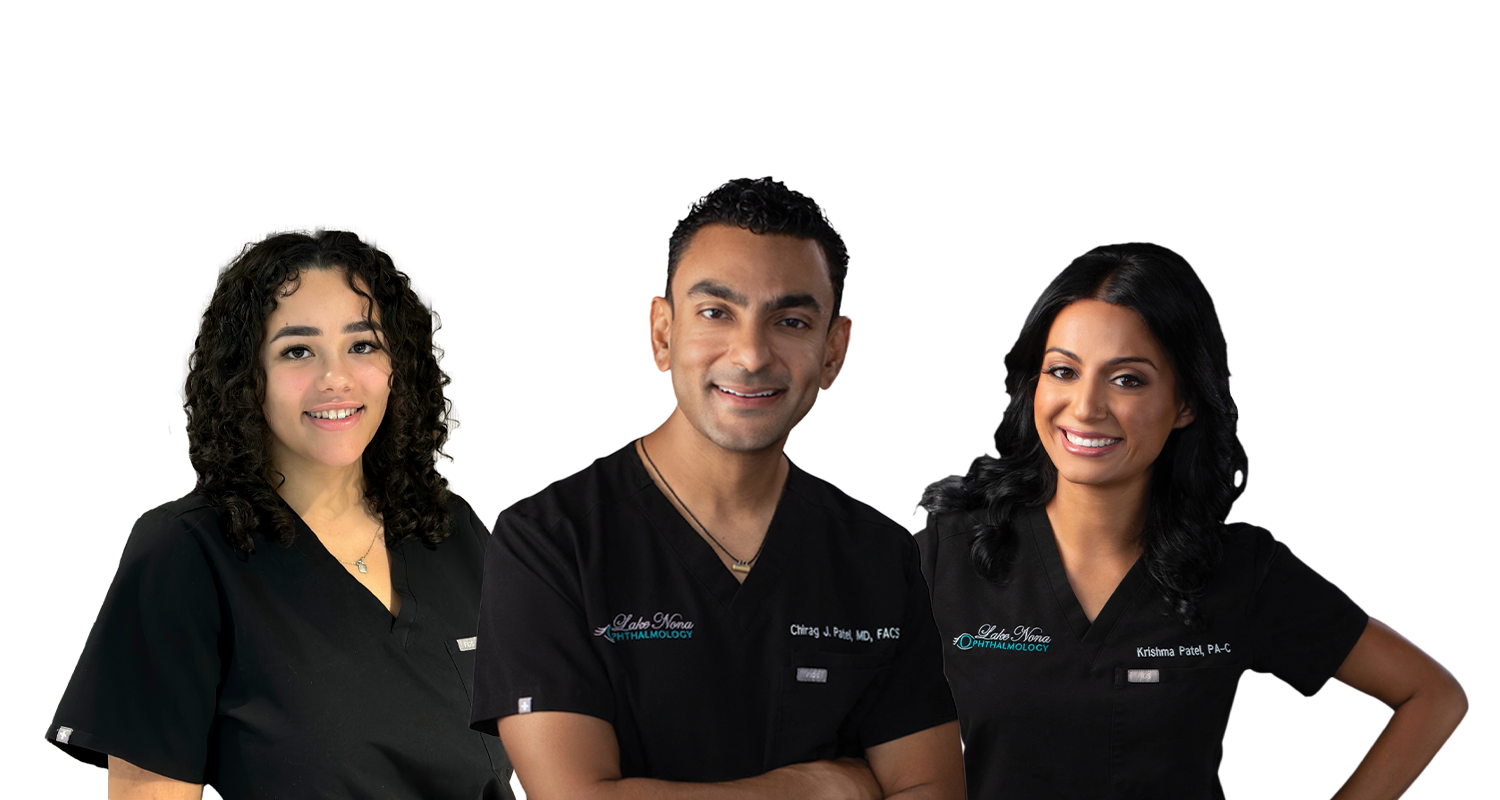- What is Botox?
- What’s it like to get Botox?
- How long does Botox last?
- Does Botox have other medical uses?
- What are the benefits of Botox?
Botox is injected into different areas of the face to treat wrinkles. It goes to work under the surface of the skin to weaken or paralyze tiny facial muscles, effectively blocking signals that pass between them. This forces the skin to relax and soften, making fine lines, crow’s feet, and wrinkles fade. This effect is temporary and the intensity of wrinkle softening depends on the amount of Botox injected.
By reducing muscular contractions, Botox improves the appearance of dynamic and static wrinkles for three to four months. Dynamic wrinkles are the ones that occur due to your facial expressions, whereas static wrinkles are present without any facial expressions.
An example of dynamic wrinkles are the glabellar lines between your eyebrows when you frown or the crow’s feet at the corner of your eyes when you smile. Botox works well as a preventative treatment; early Botox keeps muscles from contracting in ways that deepen fine lines into more noticeable wrinkles over time, such as static wrinkles.
What is Botox?
Botox is an injectable medication made from the protein of the bacterium, Clostridium botulinum. The drug is designed relax muscle contractions; this effect can not only help people reduce wrinkles but treat a variety of other health issues. Ironically, the drug is derived from the same toxin that causes food poisoning; but don’t worry, the extremely dilute doses of the protein has proven to be very safe and effective for years.
For more than two decades, FDA-approved Botox has been the go-to medication for reducing fine lines and wrinkles caused by aging. Today, a Botox treatment is one of the most common cosmetic procedures performed at medical spas, dermatology, and plastic surgery practices all over the country. With millions of people every year undergoing the treatment, it is a fast, effective cosmetic procedure that is as popular as it is safe.
Botox is typically used to treat several types of wrinkles and facial lines, such as:
- Bunny lines, which run horizontally along the side of the nose
- Crow’s feet, caused from squinting or smiling
- Forehead lines that worsen as you age
- Glabellar (Frown) lines, which are the vertical lines between the eyebrows
- Upper lip lines
What’s it Like to Get Botox?
The effects of Botox are gradual and very natural looking. The application process and the Botox medication are fully approved by the FDA. The most common risks of the procedure are bruising or swelling, but an ice pack can take care of that problem, should it occur.
The Botox procedure is conducted in an outpatient medical facility. The procedure is so quick you can do it during your lunch hour. Botox is administered over a series of injections directly into the skin of your face around where the lines are located. Don’t worry – most people say this treatment is very well tolerated.
The provider will inject the medication with a very tiny needle (it’s much smaller than the ones used to draw your blood as a comparison). Your provider may place ice packs on your face before and after the injections to help numb the area. You will see little bumps on your face that look kind of like mosquito bites. Over the next several days, you will gradually look more refreshed and rested, as the appearance of the fine lines diminishes.
There is no downtime after the Botox procedure. Your provider will advise you to avoid excessive exercise that causes heavy sweating for about 24-hours after the procedure. You can continue your regular skin care treatments during that time. Do not rub the injection sites to avoid spreading the Botox to a different area of the skin.
It’s a good idea to avoid aspirin and anti-inflammatory medications two weeks before the Botox procedure; this helps prevent bruising.
Botox will settle during that time. Avoid excessive sun for a few days, as well. In about a week or two the full effects of Botox will kick-in.
How Long Does Botox Last?
Botox typically lasts about three to four months. The muscles will slowly begin to contract again, so you’ll gradually notice the lines returning. Don’t worry, you can have Botox a couple times a year with no ill effects to your health.
The side effects of Botox are typically minimal. There may be some bruising or you may experience a headache. You may feel some mild pain around the injection site. In a very small number of cases, you may have a droopy eyelid or a slightly crooked smile. This typically goes away within three weeks or less.
Does Botox Have Other Medical Uses?
Botox has other medical applications beyond reducing the appearance of wrinkles. One study found 53% of those receiving the treatment were preventing specific medical conditions. Some of the medical conditions that Botox can treat include:
- Blepharospasm, or uncontrollable blinking
- Cervical dystonia, which is a neurological disorder causing severe neck and shoulder muscle contractions
- Chronic migraines
- Overactive bladder
- Severe feet, hands, or underarm sweating, known as primary focal hyperhidrosis
- Strabismus, or crossed eyes
Typically, Botox is not recommended if you are pregnant or breastfeeding. The treatment is highly common and highly effective. Side effects are rare, reversible, and typically only last a few weeks.
What are the Benefits of Botox?
If you have prominent brow furrows, eye lines, or forehead creases caused by facial expressions that repeatedly crease the skin, Botox can help. The cosmetic benefits of Botox can create a more youthful, relaxed appearance without a more invasive surgical approach.
The team at the Lake Nona Ophthalmology Med Spa frequently treat patients with Botox in our state-of-the-art facility. Talk with our team today about whether Botox is right for you.


